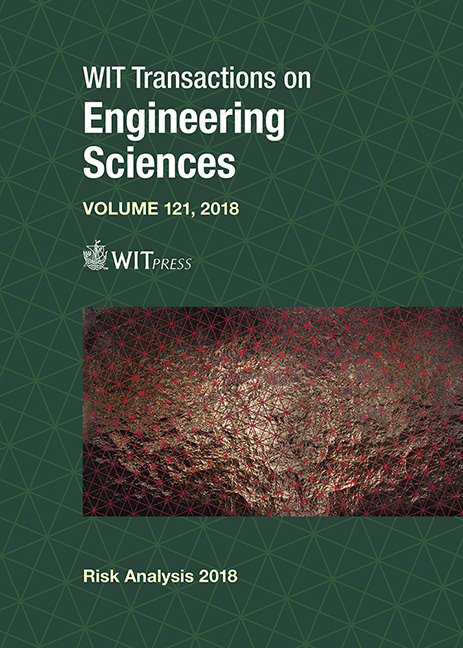POLICY DIFFUSION IN COMMUNITY-SCALE FLOOD RISK MANAGEMENT
Price
Free (open access)
Transaction
Volume
121
Pages
12
Page Range
81 - 92
Published
2018
Paper DOI
10.2495/RISK180071
Copyright
WIT Press
Author(s)
DOUGLAS S. NOONAN, LILLIARD E. RICHARDSON, ABDUL-AKEEM SADIQ
Abstract
This study analyzes which communities adopted flood risk management practices during the past 25 years. In particular, we focus on community-scale flood management efforts undertaken voluntarily in towns and counties across the United States. In 1990, the US Federal Emergency Management Agency created the Community Rating System (CRS) to provide incentives to local governments to improve flood resilience. About 1,300 counties and cities voluntarily participate in the CRS, but most eligible communities do not participate. Here, we explore the factors shaping community CRS participation, such as flood risk, socio-economic characteristics, and economic resources, and we assess the competing phenomena of policy diffusion versus free riding. Previous models of community-scale flood mitigation activities have all considered each community’s decision as independent of one another. Yet one community’s flood management activities might directly or indirectly influence its neighbors’ mitigation efforts. Spillover effects or “contagion” may arise if neighboring communities learn from or seek to emulate or outcompete early adopting neighbors. Conversely, stricter regulation in one community may allow its neighbors to capitalize on looser regulation either by attracting more development or enjoying reduced “downstream” flood risks. This paper presents a conceptual model that allows for multiple forces affecting diffusion, such as copycatting and learning from neighboring communities, free-riding on neighbors’ efforts, and competing with neighbors to provide valuable amenities. We empirically test for these alternative diffusion pathways after controlling for the spatially correlated extant flood risks, building patterns, and demographics. The analysis integrates several large datasets to predict community flood risk management for all cities and counties in the US since 1990. Controls for local flood risk combined with a spatial lag regression model allow separate identification of alternative diffusion pathways. The results indicate strong evidence of copycatting and also suggest possible free-riding.
Keywords
flood management, flood risk, policy diffusion, community, local, spatial lag, spatial error





